1. Miriam Was One of the 7 Prophetesses of the Bible
The Talmud1 lists seven prophetesses in Jewish tradition: Sarah, Miriam, Deborah, Hannah, Abigail, Huldah and Esther, providing scriptural support showing that each one of these special women were indeed prophetesses.
2. She Was the Elder Sister of Aaron and Moses
As proof that Miriam was a prophetess, the Talmud cites the verse “Miriam the prophetess, the sister of Aaron, took a timbrel in her hand.”2 Why was only Aaron mentioned, not Moses? The Talmud answers that this verse reflects the fact that she began to prophesy before Moses was even born, when she was only Aaron’s sister.
What was her prophecy? She foretold that her mother would give birth to a boy who would lead the Israelite slaves to freedom.
3. Her Name Means “Bitter”
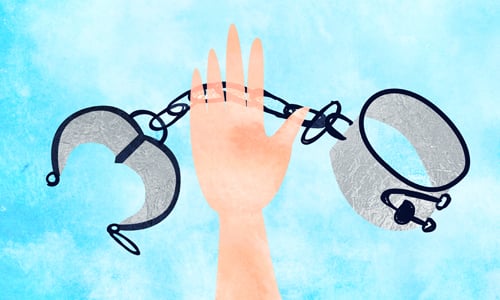
The ancient work Seder Olam,3 which provides a chronological history of the Jewish people, relates that Miriam got her name, which means “bitter,” as a reflection of the bitter oppression under which the people lived at the time.
4. She Is Identified As Puah
The book of Exodus tells the story of Shifrah and Puah, the brave Hebrew midwives who stood up to Pharaoh and refused to kill the baby boys who were born among the Hebrew slaves. Some of the sages4 say that Puah was Miriam, then a young girl, who assisted her mother, Yocheved (Shifrah), in attending to parturient women. She was called Puah, either because of the soothing sounds she would whisper to the babies5 (and their mothers6), or because she was calling out (“po’ah”) with prophetic words.
5. She Saved Moses’ Life
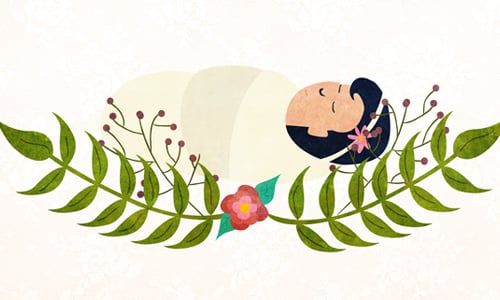
In light of Pharaoh’s decree that all baby boys be thrown into the Nile, Yocheved had no choice but to place her baby in a reed basket and set him adrift on the water. Miriam stood among the reeds and watched as Bithiah (Batya), an Egyptian princess, found him and tried to soothe him. Quick-thinking and brave, Miriam offered to get a Hebrew wet-nurse to care for the baby, calling none other than her own mother, Yocheved.7
Read: The Story of Bithiah
6. She Led the Women in Song
Not mentioned during the events surrounding the Exodus, Miriam reappears after the Parting of the Red Sea, when she leads the women in celebratory song and dance.8 How did the women have instruments? Even during the darkest times in Egypt, they had faith that they would be redeemed, and had their tambourines ready to praise G‑d for the miracles they knew He would perform.9
Read: Miriam’s Song
7. Miriam Was Struck With Leprosy
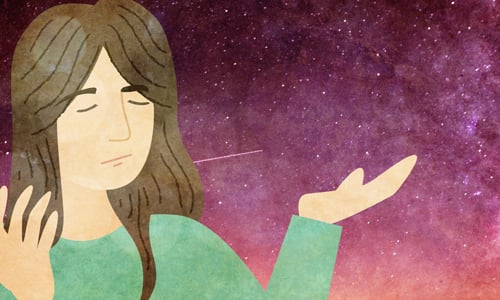
We read10 how Miriam and Aaron spoke badly about Moses’ Kushite wife.11 G‑d summoned the three siblings to the Tent of Meeting, where He explained to Aaron and Miriam that Moses was unlike any other prophet and his actions were justified. They then saw that Miriam was stricken with tzaraat (the biblical malady, often translated as “leprosy,” that affected gossipers). Moses prayed that Miriam be healed, and the entire nation waited in place for a week until Miriam finished her quarantine outside the camp.
8. She Was the Wife of Caleb
According to rabbinic tradition, Miriam was the wife of Caleb, identified in scripture as Azubah and Ephrath.12 Why did she have these other names? Azubah means “abandoned,” because everyone originally deserted her when she was the lone voice of hope in Egypt. Reading into other names mentioned in the surrounding passages, the sages further deduce that she was sickly and “plain as a curtain,” and became beautiful and radiant only after Caleb recognized her spiritual beauty and married her despite her external deficiencies.13
Read: Who Was Caleb?
9. Miriam Passed Away on Nissan 10
We read: “The entire congregation of the children of Israel arrived at the desert of Zin in the first month, and the people settled in Kadesh. Miriam died there and was buried there.”14 Rashi tells us that like her brothers, Aaron and Moses, Miriam died by divine “kiss.” According to tradition, this took place on the 10th day of the first month, commonly known as Nissan.
Read: Losing Miriam
10. There Was Water in the Desert in Her Merit

As the people ventured through the desert, they ate manna that rained from heaven. But what did they drink? Well, here is our hint. Shortly after Miriam’s passing, the people complain to Moses that they are thirsty,15 implying that for the past 39 years they had plenty to drink. What caused them to complain now (and Moses to sin by striking the rock)? The sages explain16 that a well of water traveled along with them in Miriam’s merit.






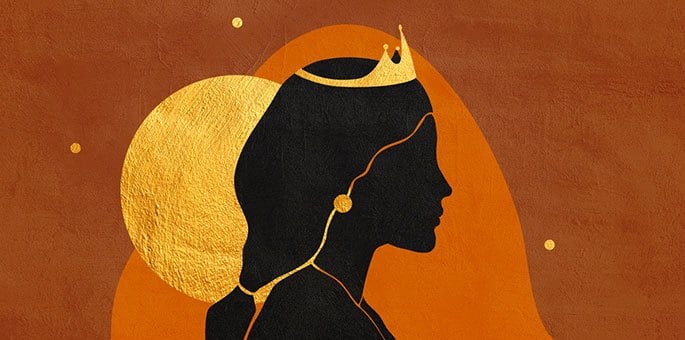


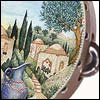


Join the Discussion